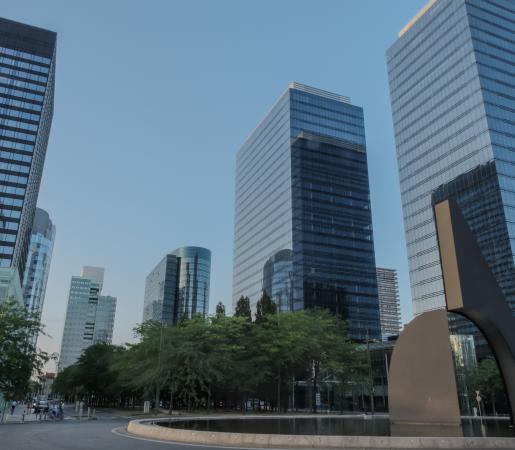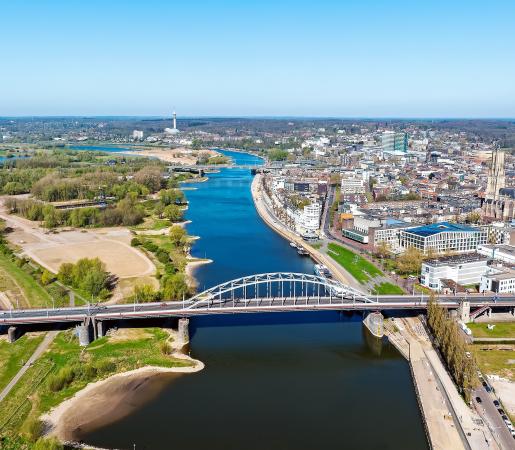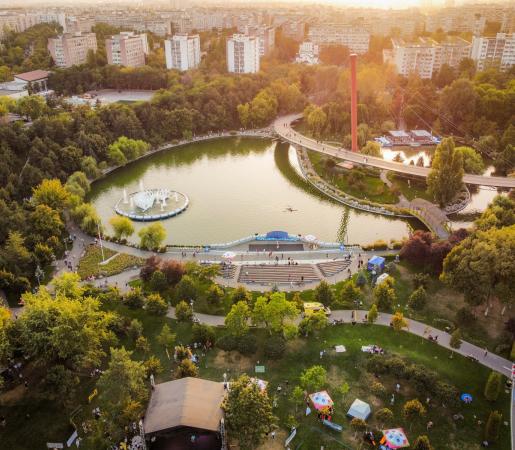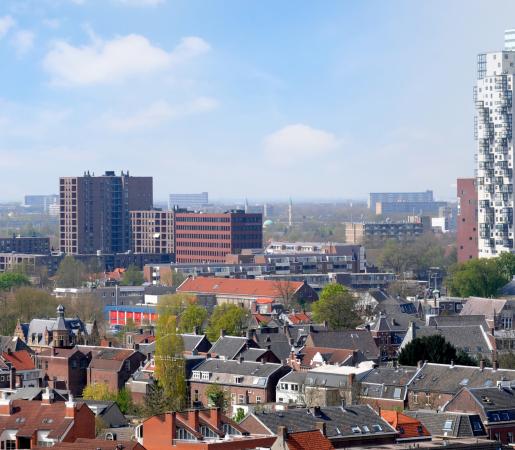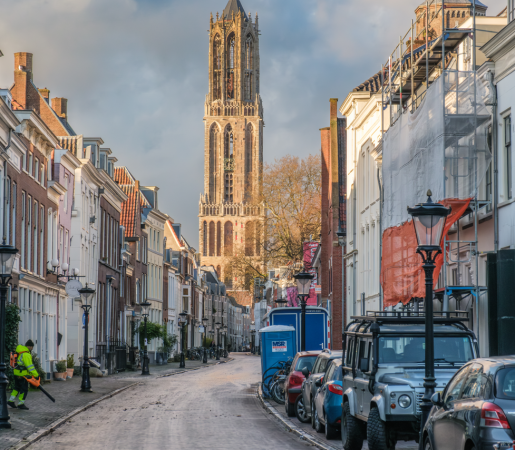
Utrecht
CED for the Future - Collective Energy Districts for the Future of sustainable and integrated urban energy systems
Due to rapid population growth, Utrecht faces high housing demand, however 90% of new urban development projects are negatively impacted by electricity grid congestion. Rise in demand for renewable energy, electric vehicles (EVs) and heat pumps is expected to further increase strain on the grid. The CED for the Future project pilots a Collective Energy District in Merwede, where a public-private-civic energy community reduces peak load by 35% via a Collective Energy Transport Contract, an integrated energy system with thermal, battery, and vehicle-to-grid (V2G) storage, as well as citizen incentives. This model fosters community responsibility and engagement for a more sustainable local energy system.
Our main challenges...
Governance challenge: effective models for collaboration among municipalities, developers, grid operators, and citizens are missing or not widely adopted. This can lead to e.g. split incentives where project developers are required to invest in energy assets that primarily benefit others.
Technical challenge: Utrecht's grid congestion stems from energy peaks and the imbalance between supply and demand of (renewable) energy. Grid upgrades are impractical due to lengthy approval processes, lack of personnel and high costs.
and proposed solutions
A Collective Energy Transport Contract between district parties and the grid operator aims to reduce peak energy loads by 35%. Managed by a public-private-civic energy community, it fosters shared responsibility and stronger collaboration to meet energy targets.
Merwede’s integrated energy system combines district heating (geo- and aqua-thermal), PV, V2G charging with EVs, and thermal and battery storage. A Collective Energy Management System optimises energy flows, reduces peaks, boosts renewables and cuts grid costs.
An incentive programme is co-created with citizens and businesses to boost engagement in the Collective Energy Community. It explores community building, gamification, dynamic pricing, and education to encourage participation, energy savings and peak shifting.
Key figures
Milestones
Local energy community managing a Collective Energy Transport Contract established
Local energy community for collective management of energy assets operational in Merwede
Buildings completed and first residents move into Merwede area
All assets (V2G, TES, BES, PV, DH) implemented in Merwede and operational
